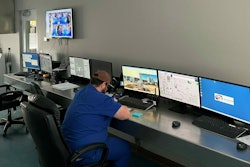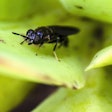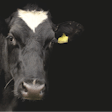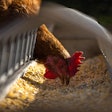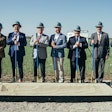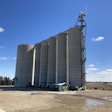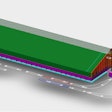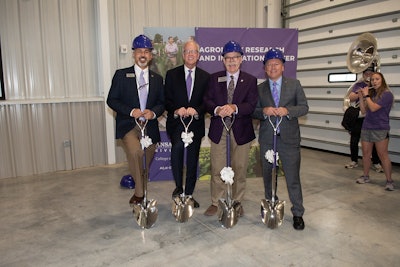
On May 15, Gov. Laura Kelly joined state and national officials in a symbolic groundbreaking forKansas State University’s Agronomy Research and Innovation Center.
The new facility, expected to be completed in 2025, will be located on the north end of the K-State campus, in an area known as the Agronomy North Farm. It will serve as a cornerstone for work that K-State agronomy department head Raj Khosla calls “critical infrastructure for the success of our research, teaching and extension missions.”
“In the last 10 years alone, the department of agronomy has conducted more than $50 million of research that is initiated right here at the Agronomy North Farm,” Khosla said. “The new Agronomy Research and Innovation Center will bring research teams together from around campus to create new discoveries and solutions that will address the wicked challenges we are facing in agriculture today, and the ones that will come in the future.”
The May 15 groundbreaking marked K-State’s official kickoff of more than $125 million in agricultural infrastructure improvements planned through 2026. In Fall 2022, the university launched a campaign to raise $75 million toward campus projects, which include a Global Center for Food and Grain Innovation and improvements to the livestock competition area, Call Hall and Weber Hall.
K-State President Richard Linton said the university exceeded its goal, raising approximately $80 million in four months, which was then matched by a $25 million challenge grant from the Kansas legislature, and $25 million more from an initial legislative appropriation.
Some of the research projects planned for the K-State Agronomy Research and Innovation Center include:
- How to breed new crop varieties that are prolific and resilient to pathogens and the changing biome
- How to extend the supply of water by studying the most efficient use of that resource in crops and forages
- How to solve the “mystery of trillions of microbes that reside in soil” to improve soil health
- How to use and co-create technology so that farmers of the future can produce more with less inputs







